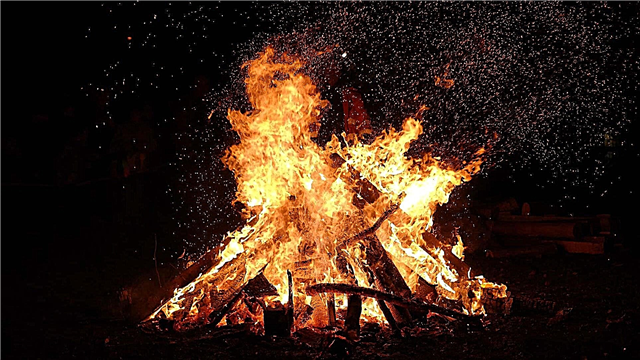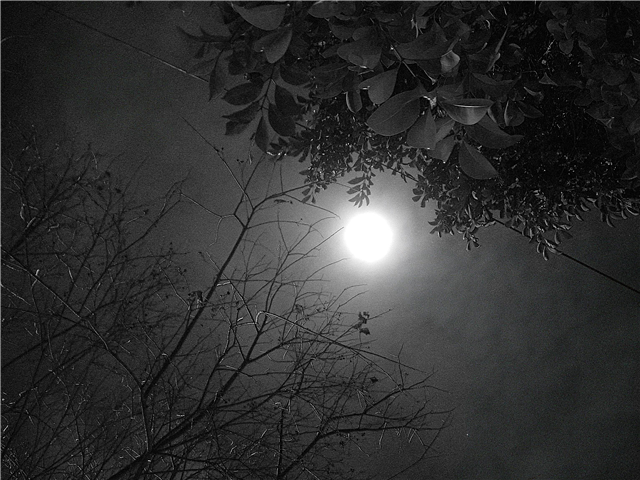
The fashion for growing home orchids has been around for at least a decade. Often the owners of home orchids have to deal with yellowed leaves, plant stems. Why does an unpleasant phenomenon occur, and how to avoid it?
There are a number of reasons for the yellowing of these plants. To understand each specific situation, it is necessary to sequentially consider the data provided by experienced gardeners.
The main causes of yellowing orchids

Yellowing is possible due to natural causes, as well as due to negative effects. So, the lower leaves of the flower grow old over time, prepare for death. They begin to turn yellow and dry, and this is a completely normal situation. In this case, it is enough to remove the lower leaves so that they do not spoil the appearance of the flower. It is only necessary to ensure that instead of old leaves new ones appear. Orchids are prone to rapid growth, usually problems with vegetation, the growth of new greenery, they do not arise.
However, if several leaves turn yellow at once, the main part of the foliage softens, becomes weak and lethargic, it is necessary to look for other causes of what is happening.
Why do the leaves of the orchid turn yellow?

Yellowing of the leaves may occur due to excessive moisture in the soil in the pot with the plant. Orchids do not tolerate excessive moisture, even the lack of watering they tolerate better. It is better to grow these flowers in transparent pots to observe the condition of all soil layers and the root system.The light green color of the roots suggests that it is time to water. But strong drying also leads to yellowing, it should not be allowed. Uniform timely watering is the key to the well-being of a flower. Excessive sunshine also leads to yellowness on the leaves. A plant can get a sunburn in the form of a yellow spot on a leaf, if it is contained in a south window, and direct sunlight falls on it.
But the lack of light, the north side and constantly closed blinds are also enemies of orchids, because this is a tropical plant. Lack of nutrition or its excess also lead to yellowness.
Interesting fact: Orchid is a plant sensitive to all environmental factors, it is necessary to maintain a certain balance in all aspects of its content, only then it will feel comfortable and delight with its appearance.
What to do when yellowing leaves?
In order for the plant to be able to restore its appearance after yellowing, it is necessary to carefully analyze all the factors that could cause an undesirable phenomenon. The effect that caused yellowness should be excluded. If the plant turns yellow after being rearranged to another window, it should be returned to its original place. You also need to analyze the watering, increase or decrease it, and consider the issue of fertilizers. As a rule, it is not difficult to identify the cause and eliminate it.
Why does the stem of an orchid turn yellow?

If the fact that the stem is yellowing is alarming, you should not worry about this.The death of the stem of the flower is a normal process, the peduncle always turns yellow after flowering, it can dry. What is happening means that the plant is at a dormant stage, gaining strength before a new flowering. Once the peduncle has dried completely, it should be carefully cut off. When the plant gains strength and is ready to give new flowers, it will release a new flower stalk, which will go through exactly the same life cycle.

But if the peduncle dries during the flowering of an orchid, this is not normal. Most often this happens due to lack of lighting. It must be taken into account that the root system of orchids consumes light. If the lighting has not changed, you should think about other factors. Occasionally, due to yellowing, diseases and parasites are guilty - in this case, various openings, plaque, and other related symptoms can be seen on the leaves. If the plant is sick, it must be treated using special preparations, transplanted into a new soil with washing of the root system.
Thus, orchids turn yellow due to lack of light or its excess, due to improper moisture balance, excess fertilizer or their deficiency. Sometimes yellowing is to blame for diseases, parasites. If old dying leaves or flower stalk turn yellow after flowering, this is the norm. In the case when it comes to the pathological process, it is necessary to identify the cause that led to yellowing, and to exclude it. After some time, the plant will be able to recover on its own, will again delight with the natural color of the foliage and plentiful flowering.











